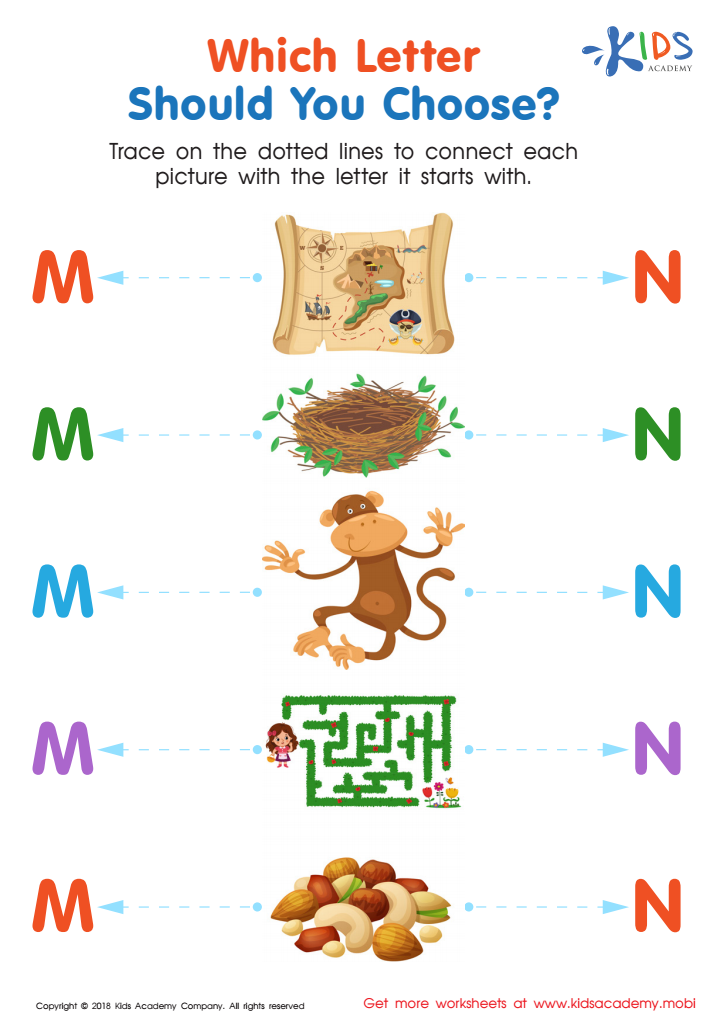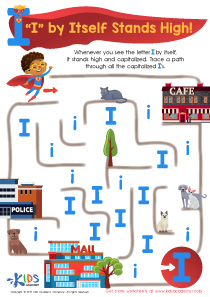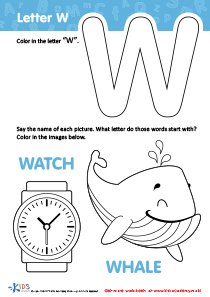Normal Difficulty Kindergarten Missing Letters Worksheets
1 filtered results
-
From - To
PDF Missing Letters Normal Difficulty Worksheets for Kindergarten
The Normal Difficulty Missing Letters Worksheets are an incredible learning tool for Kindergarten-aged children. With fun and engaging exercises, these worksheets help your child master the art of recognizing and identifying letters of the alphabet that are missing in a particular word. Our missing alphabet worksheet collection is designed to improve your child's letter recognition skills while also working on their fine motor skills. Each worksheet includes various words with missing letters, providing your child with plenty of practice opportunities. Educational and fun for your child, the Normal Difficulty Missing Letters Worksheets are the perfect tool to help your little one improve their language and literacy skills.


Which Letter Should you Choose? Worksheet
The Benefits of Using Missing Letters Worksheets for Kindergarten Students
Missing Letters worksheets are a great learning tool for Kindergarten students who are just starting to learn the English alphabet. These worksheets are designed to help children learn to recognize letters, their order and the sound they represent.
The Missing Letters worksheets include a variety of exercises that offer an interactive experience to students. The worksheets are divided into different sections, each focusing on one part of the alphabet. The sections feature different activities including tracing and writing the missing letters, and matching the missing letters to the correct pictures.
The goal of the Missing Letters worksheets is to help young students master the alphabet and become confident readers and writers. The worksheets make learning interactive and enjoyable, helping children to engage with the material more effectively. Children can practice their skills and improve their understanding of the alphabet through fun and exciting activities.
One of the most important benefits of the Missing Letters worksheets is their ability to help students develop their writing and spelling skills. Writing missing letters in the correct sequence improves students' writing skills, as it allows them to learn the shape of each letter.
The worksheets also help students learn words that begin with different letters and their corresponding sounds. This helps children to become more familiar with the sounds of the English language, which is key to their ability to read and write confidently.
In addition, Missing Letters worksheets are an excellent way to help children learn to read. The worksheets include pictures with missing letters, which encourage children to look carefully at the pictures to help them identify and match the right letters.
Missing Letter Worksheets are an important learning tool for Kindergarten students because they provide an interactive and engaging way to learn the alphabet. They are also helpful for parents and teachers, as they can be used to assess the progress of their children in a fun and engaging way.
In conclusion, Missing Letter Worksheets provide an interactive and effective way for young students to learn and practice spelling, writing and reading skills. They offer a fun and engaging approach that builds confidence in children and sets them on the path to becoming successful learners. Whether used in the classroom or at home, these worksheets are an invaluable learning resource for Kindergarten students and an important tool for supporting their early literacy development.

 Assign to the classroom
Assign to the classroom





